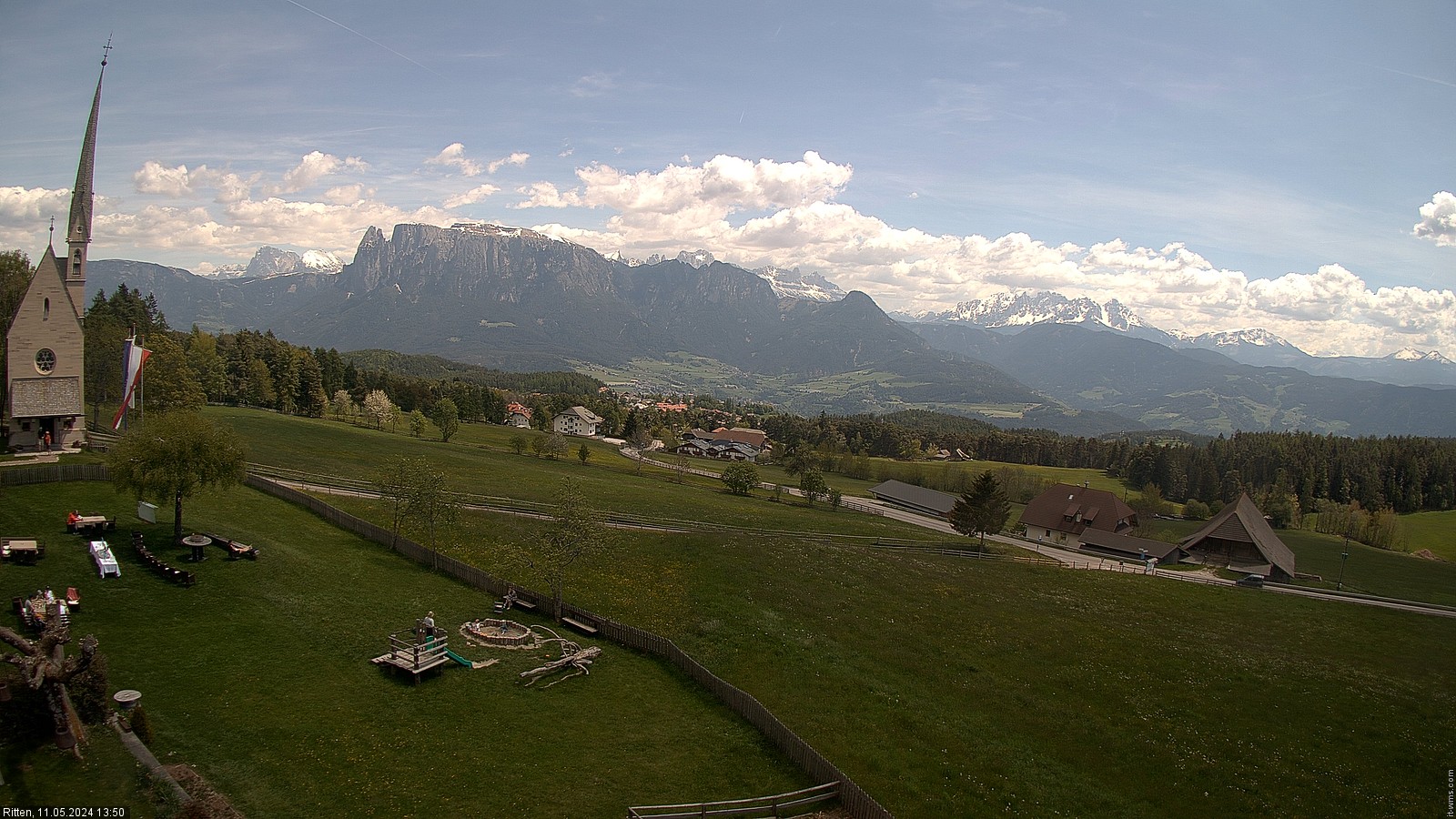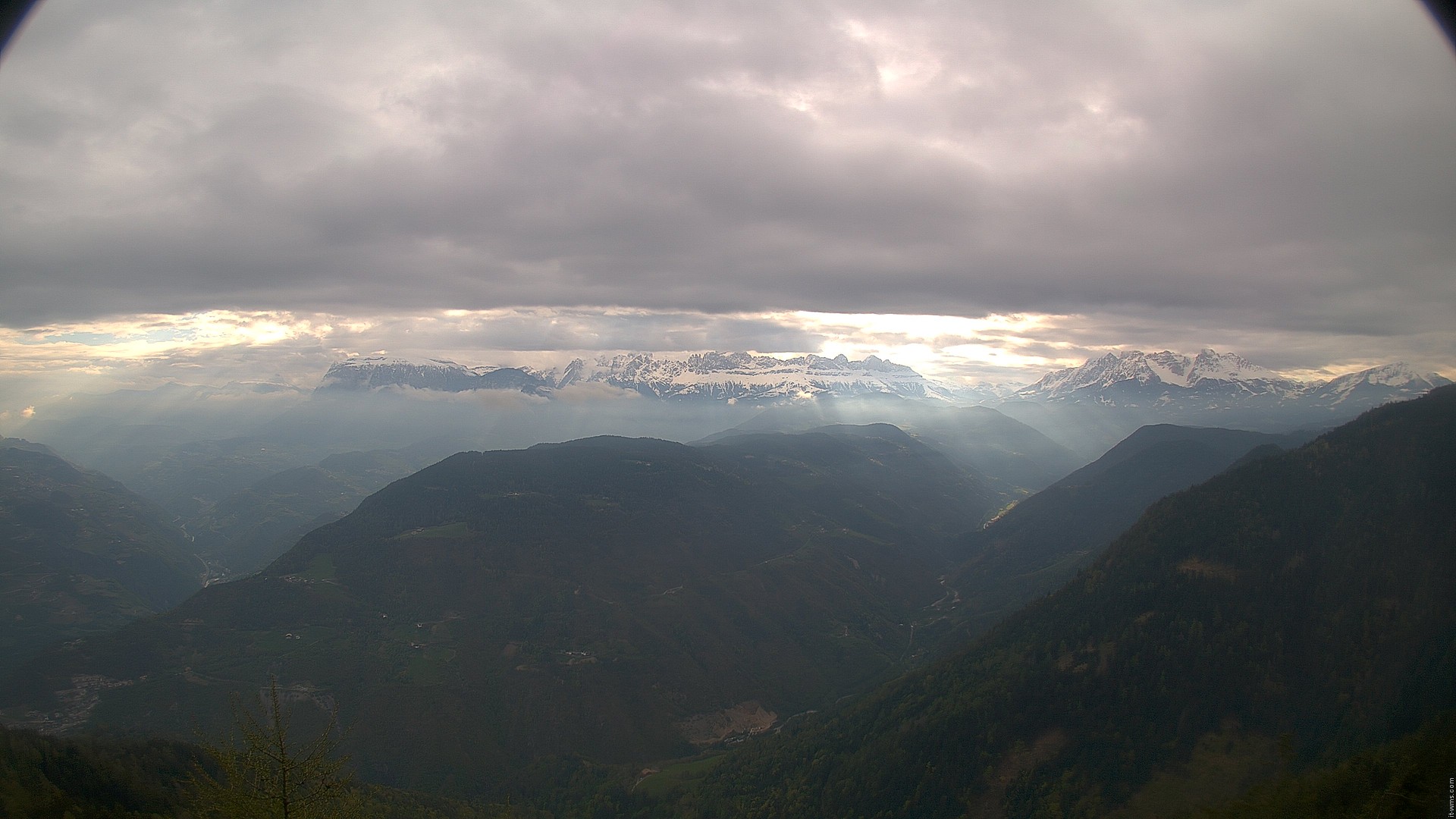Experience area Bozen and surroundings
Bolzano and its surroundings reflect the modern South Tyrol in a very small space. The influence of different cultures is more noticeable here than elsewhere in South Tyrol. The city centre of Bolzano is on the one hand a Habsburg trade town and has always been a crossroads between North and South. On the other hand, the city consists of newer districts of Italian character, with their own architecture and their own southern lifestyle. These two features of Bolzano enter into a harmonious connection in the city, which is best expressed in the art-historically significant sights, in the various languages, in the colourful cuisine, in the diverse architectural styles and in the sub-Mediterranean landscape, which stands in sharp contrast to the alpine mountains of the surroundings. Bolzano is the provincial capital of South Tyrol, the centre of public administration and thus also the political centre of South Tyrol. Bolzano is also a university city, and at the Free University of Bolzano students from all over the world are offered courses of study in three languages at five faculties. The valleys and villages around Bolzano are rural and cultural landscapes of South Tyrol. In the north and east of the city, the landscape is dominated by charming and alpine villages nestled in mountain meadows and forests. To the west and south are picturesque fruit and wine villages, orchards and vineyards. For centuries, the Ritten plateau and those around the villages of Kastelruth, Seis and Völs and Salten, from Jenesien to Mölten, have been an inviting summer resort. An alpine retreat is the Sarntal, which stretches from Bolzano to the Penser Joch. The Eggental valley and the Tierser valley, which are regarded as the gateway to the Dolomites, are also worth a visit. Here countless hiking trails open up charming landscapes from the alpine pastures to the peaks. The towns around the city of Bolzano are no less lively, cheerful, cosmopolitan and modern than the city of Bolzano itself. In addition, these places are very traditional and there is a pronounced sense of community with a lively club and village life. Countless facets draw a colourful portrait of these picturesque places, which have preserved their dialects, customs, architectural styles, idiosyncrasies and customs in a very small space.




